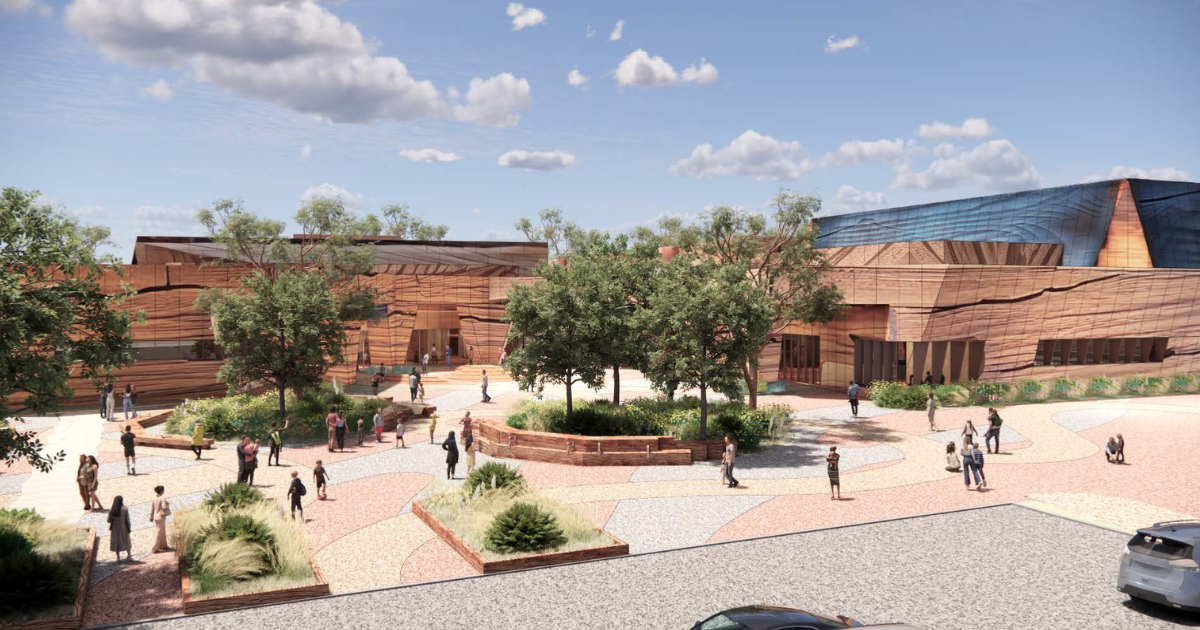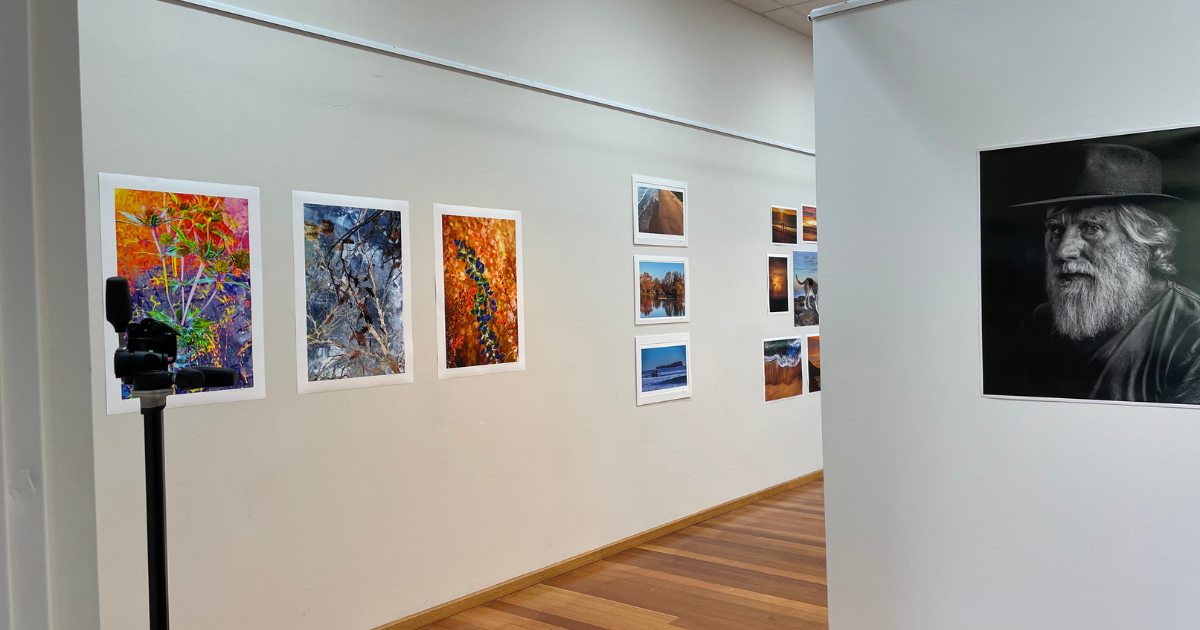Nuke opponents meet in Anglesea

Community members gathered at Anglesea Community House to express their opposition nuclear energy. Photo: SUPPLIED
SURF Coast residents gathered at Anglesea Community House to voice their opposition to nuclear power last week.
The Australian Conservation Foundation facilitated the meeting, where campaigner Rastko Antić noted the strong community sentiment against having a reactor in Anglesea or anywhere in Australia.
“The urgent need for climate action motivated many to attend,” Antić said.
Last week, the coalition released some information on its nuclear policy in a brief document.
Although it ruled out Anglesea as a location for proposed reactors, critics argued the document created more questions than answers.
In announcing the plan, Opposition Leader Peter Dutton said nuclear energy for Australia was an idea whose time has come, with the first reactor to start producing electricity by 2035 or 2037, depending on the size of the reactor.
“The Australian Government will own these assets but form partnerships with experienced nuclear companies to build and operate them,” the statement read.
Speaking in Parliament this week, Corangamite Labor federal Libby Coker described the announcement as “half-baked”.
“It was an announcement that left Australians in the dark,” she said.
“It was all bluster – no detail… a Trojan horse to enable more fossil fuels for longer while rejecting climate action.
“My communities are already asking ‘How much will Dutton’s nuclear thought bubble cost me and my family?’ The Coalition has no answer.”
Ms Coker said Labor had approved more than 50 renewable energy projects since coming to government.
“My communities in Corangamite welcome this. They want climate action now.”
Last month, the CSIRO released its annual GenCost 2023-24 report, which provides a comprehensive analysis of electricity generation costs and included large-scale nuclear power for the first time.
The CSIRO GenCost report found that power from small modular nuclear reactors could be up to eight times more expensive than large-scale wind and solar.
It highlighted that while nuclear technology was technically feasible in Australia, it remained more expensive than renewables and would require at least 15 years to develop.
“As CSIRO has recently confirmed, nuclear is the slowest and most expensive power option. It would be at least two decades before nuclear could power homes in Australia,” Antić said.
“We know this is too late to achieve global targets and obligations to stay below 1.5 degrees of warming.”

















